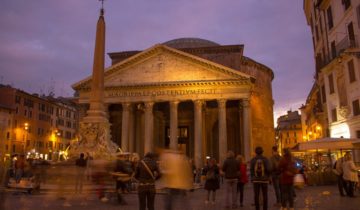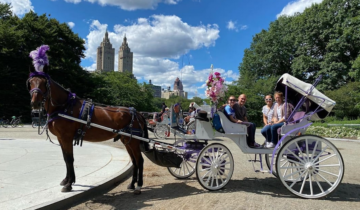Tibet is a fabulous travel place, so much history and mystery. Namtso Lake is located in Nagqu Prefecture, about 260km from Lhasa and 60km from Damxung County. Namtso Lake means ‘the holy lake’ in the Tibetan language. With over 30km from north to south and over 70km from east to west, Namtso Lake covers a total area of more than 1,900 square kilometers, being the second largest salt lake in China. At an elevation of 4,718 meters, it is also the highest altitude salt lake in the world, the furthest depth being more than 33m. The water in Namtso Lake for the most part arises from rains, melted ice and snow of Mt. Nyenchen Tonglha and the inflow of crooks and streams, hence the lake is very clear and limpid. With the lake surface assuming sky blue, the lake and the sky seem to be one and undivided, which may make visitors feel themselves in a fairy land if they have a stroll by the lake. It was said that in the late 12th century, Buddhist hierarchs including the founder of Tibetan Buddhism once practiced the essence of Esoteric Buddhism on Namtso Lake, which was believed to be the origin of worshipping the holy Namtso Lake in the Tibetan Year of the Sheep. According to the Buddhist followers, when the Tibetan Year of the Sheep comes, Buddha and Bodhisattva will hold Buddhist rites on Namtso Lake. If a follower of Buddhism comes to walk and patter around the lake only once in this year, he will be much more blessed than he does so for ten thousand times in other years. So in the Tibetan Year of the Sheep, numerous Buddhist monks and believers trudge all the way from other places to Namtso Lake, feeling satisfied, comfortable and happy after taking ritual walks around the lake only once. This activity, lasting for as long as several months, usually reaches its climax on April 15 in the Tibetan Year of the Sheep, when the Buddhist followers come and go in large numbers.
5 top attractions in New Zealand and eTA application : Kaikoura, This small coastal town on the South Island is a haven for seafood lovers. You can spot fur seals, dolphins, sperm whales and albatrosses off the shore, then indulge in a feast of fresh crayfish, mussels, blue cod and more. Land lovers can take a wilderness walk through the untamed and dramatic Kaikoura forest. Franz Josef glacier, This glacier, located within Westland National Park in the southwest, is one of the world’s most accessible. Visitors can walk right up to the foot of the massive glacier or take a helicopter ride over the dazzling Ice Age remnant. Together with Fox Glacier it is one of South Westland’s major drawcards for tourists. Read extra details at Compare Cheap Hotels.
Singapore is an incredible destination! Singapore isn’t exactly known as a beach destination, but if you’re really craving some fun in the sun, Sentosa Island is the place to find it. Siloso Beach is a good spot for getting in beach time, and visitors can play volleyball on free courts or go kayaking and skimboarding. There are several other beach attractions as well, plus an Underwater World aquarium, where you can swim with dolphins. A must-see on Sentosa Island is the Merlion, Singapore’s famous statue that has the head of a lion and the body of a fish. You can take an escalator to the top of the statue and enjoy panoramic views of the surrounding area. Fort Siloso, the country’s only preserved fort, is also located on Sentosa Island. Adventurous types will want to check out The Flying Trapeze and the SeaBreeze Water-Sports @ Wave House, where you can try your hand at flying strapped to a water-propelled jet pack.
Bali is an amazing country, so much history, a must see for any travel fan. Made famous by the book and movie Eat, Pray, Love, Ubud is also the epicenter of Balinese art and culture. This is where the modern Balinese art movement was born, with the surrounding royal palaces and temples acting as the main patrons. Today, several excellent local museums and galleries celebrate its evolution and traditions. Art gazing is particularly rewarding here, as many collections are housed in traditional Balinese buildings surrounded by serene tropical gardens. For an overview of Balinese art, your first stops should be Agung Rai Museum of Art (ARMA) and the Neka Art Museum, which lie within a short stroll of the Ubud Monkey Forest. Both span traditional to contemporary works, including kris (ceremonial daggers), photography, and classical wayang (puppet-figure) paintings. Other worthwhile art galleries and museums in the Ubud area include Setia Darma House of Masks & Puppets featuring ceremonial masks from Asia and beyond; Museum Puri Lukisan, spanning a range of Balinese artistic styles; and the Don Antonio Blanco Museum, at the artist’s former home and studio. Author: https://mademyholiday.com/.



